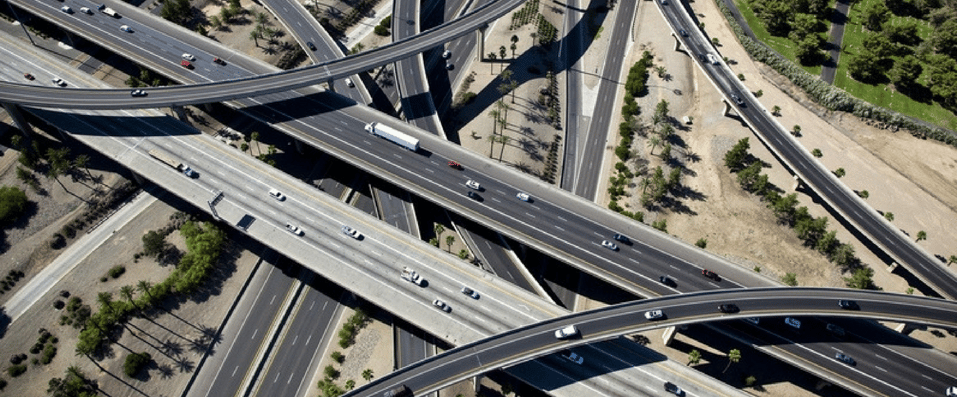Key Points from President Trumps Infrastructure Plan

Since taking office, President Donald Trump has been discussing the need for an infrastructure financing policy. The draft of the $200 billion proposed program, Legislative Outline for Rebuilding Infrastructure in America, has been released. The infrastructure investment has a goal of reaching $1.5 trillion over the next decade.
Much of the plan is focused on the states’ and municipalities’ ability to finance core infrastructure investments, including roads and rural areas, and whether tolls would be implemented to help fund these programs.
Trump's 10-year infrastructure plan is focused on:
- Rebuilding roads, bridges and waterways;
- Energy projects; and,
- Improving rural infrastructure public lands and other projects
Pros and Cons of Trump’s Plan According to Lawmakers and Analysts
Pros:
- The financial aspect of the infrastructure plan relies on “increased state, local, and private sector investments”. It gives states and municipalities greater responsibility in funding, but also more decision-making authority, thereby speeding up the process.
- The rural infrastructure program offers states block grant funding to use for relevant local projects. Additional funds may be available through petitioning if needed. Those that use their funds efficiently will have a better chance of garnering additional funds.
- The plan calls for incentives to spur the need for more water and the development of a new Inland Waterways system.
- The plan calls to reform Veterans Affairs (VA) facilities. This grants the VA authority to manage vacant assets, which could be used for commercial or mixed-use purposes to generate funds. Those monies could be used to fund renovations and enhancements at other VA facilities.
- The Federal Capital Revolving Fund would allocate $10 billion to finance purchases, construction, or renovation of federal property. This makes it easier for government agencies to purchase affordable buildings instead of having to lease federal buildings at accelerated costs.
Cons:
- In the 10-year program state and local governments are responsible for finding the funds for local infrastructure improvements with the federal government providing much less funding than is needed.
- No funding source has been named for the $200 billion in federal money to be used for the infrastructure plan.
- The plan calls for statutory changes promoting transportation-related improvements. In order to generate the necessary funds for improvements, states can choose to levy tolls on interstate highways, as well as generate funds from interstate rest areas. This could negatively impact the transportation and trucking industry.
Donald Trump has stated that this is just a first draft and has opened the bill to debate. CargoBot will provide updates as the bill progresses through Congress.


